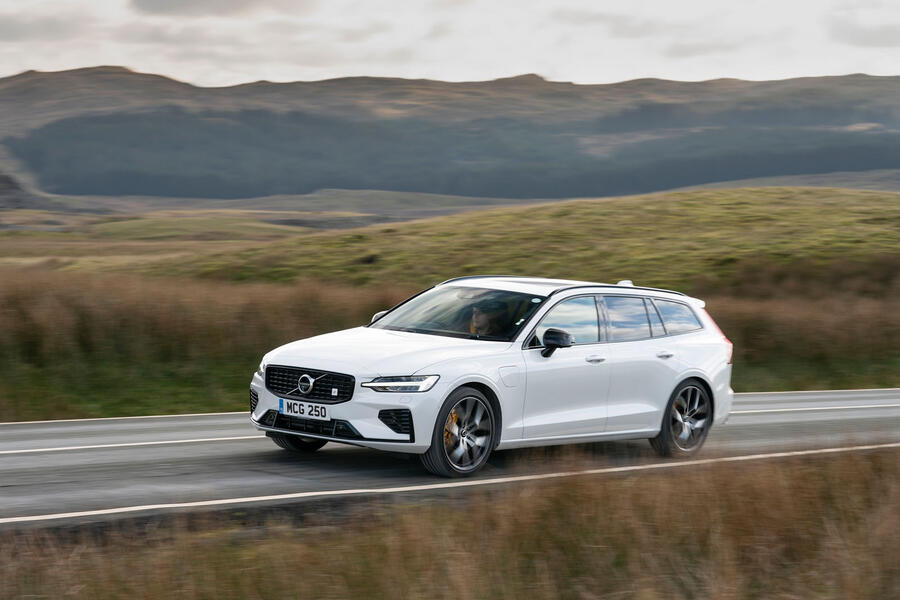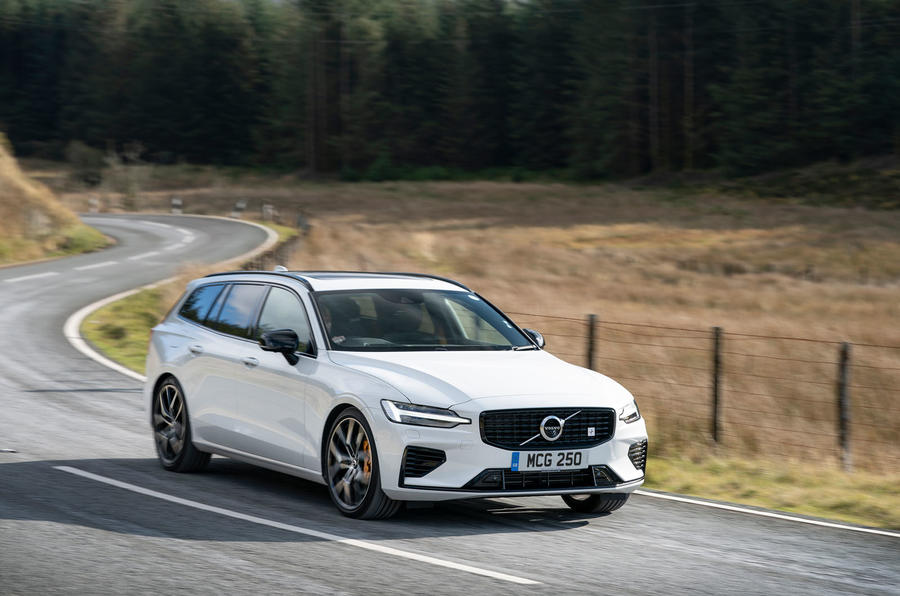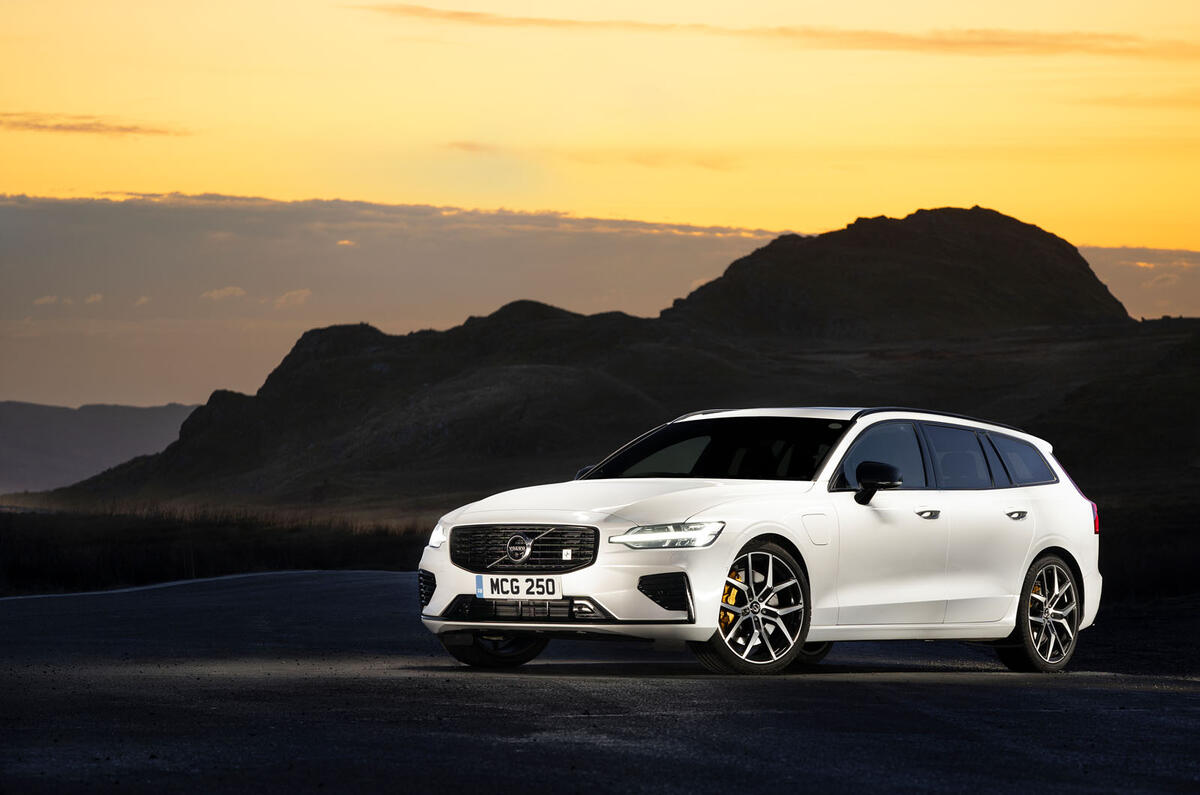What is it?
You might wonder what ‘Polestar’ really stands for these days.
Admittedly, it’s not obvious. On one hand, Polestar is a stand-alone subsidiary brand of Volvo – one currently readying itself to release the 600bhp 500-off Polestar 1 plug-in hybrid, with its three electric motors and an exterior design that seems to combine elements of art deco and Bauhaus, only remixed from the future. We’ve driven the prototypes and they are phenomenally desirable, as you would well expect for the £140,000 asking price.
You can ignore that Polestar, though, because on the other hand, there’s ‘Polestar Engineered’. This is a trim level that made its debut last year as an even more serious take on the range-topping T8 Twin Engine version of the US-built S60 saloon – and it's now available on the V60 estate and the XC60 crossover. ‘Trim level’ is putting it lightly, in truth. Software tweaks might liberate only 20bhp or so from the 380bhp plug-in hybrid powertrain (transverse 2.0-litre four-cylinder turbo for the front axle, with an independent electric motor for the rear), but there are more appreciable changes elsewhere.
The brakes, recognisable by grooved discs and deep-gold calipers, are from Brembo on the S60 and V60 models and Akebono (which also supplied those for the McLaren P1) on the XC60, the largest Polestar Engineered model available so far. There’s also now an aluminium strut brace in the engine bay, to stiffen the nose and hone the steering response, and the Aisin eight-speed automatic gearbox has been tweaked for quicker upshifts.
These cars also get glossy black exterior trim, dark chrome exhaust tips, alloy wheels that look as though they could cut you, and gold seatbelts. And in the flesh, the V60 Polestar Engineered is duly one of the cars that simultaneously blends in while absolutely standing out. It's another knockout from the company whose CEO was formerly head of design.
But the headline additions are the adjustable dual-flow-valve dampers brought in from Swedish suspension superstars Öhlins. And it’s important to make the distinction between ‘adaptive’ and ‘adjustable’. The characteristics of the former are usually altered at the touch of a button handily positioned on the transmission tunnel. On the Polestar Engineered V60 tested here, however, softening the damping characteristics involves opening the bonnet and twisting a pair of gold dials sprouting from the strut towers. And that’s the easy bit: to get at those for the rear axle, you’ll need to jack the car up and remove the protective rubber covers. Talk about esoteric appeal.



























































Join the debate
Add your comment
A surpercharged, turbocharged
A surpercharged, turbocharged, petrol electric car with pointlessly over complicated and probably fearsomely expensive suspension. Who'd want the liability of one of these in 5 years and 60 odd thousand miles time.
And how the hell does it weigh over 2 tonnes?
Still not enough?
I think it's down on torque, it's not eye popping lay fast either, sorry, even for at this price, I'd be looking at the Audi, the Audi has more cache......
Peter Cavellini wrote:
Cachet.
Peter Cavellini wrote:
Peter, are you from Birmingham?
Popping-lay...
Peter Cavellini wrote:
Lol, does it ? I spose it does if you like expensive, characterless cars with no steering feedback that understeer.
I would guess that when the
eh?!?
What you on about?!?
The comment made by the